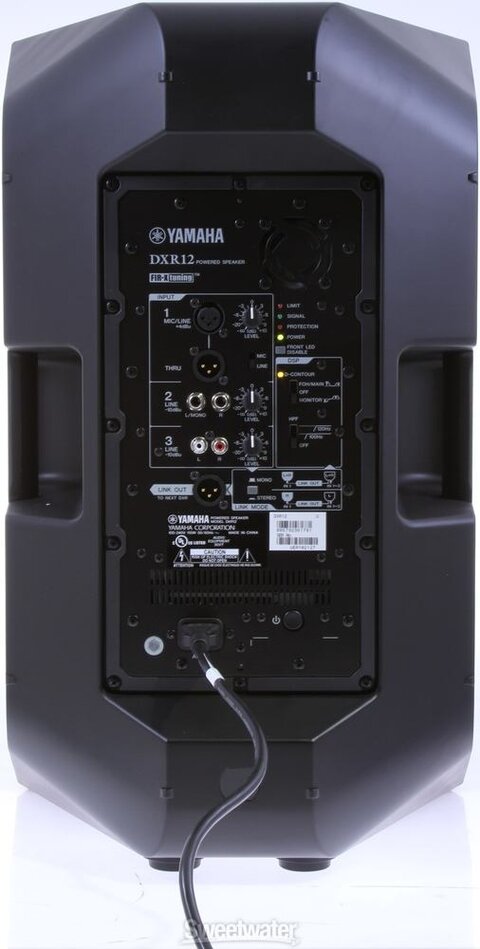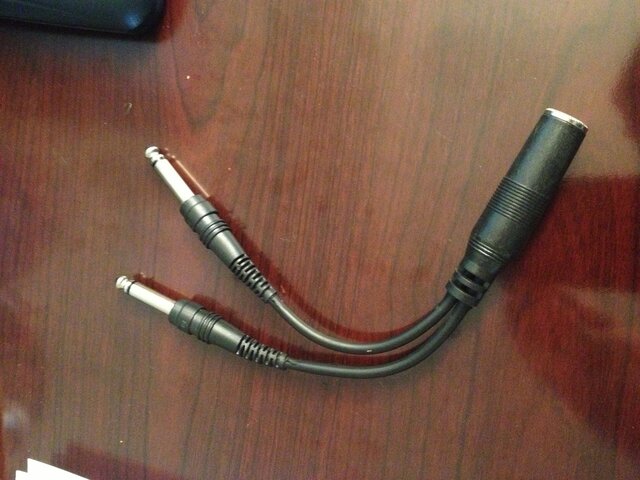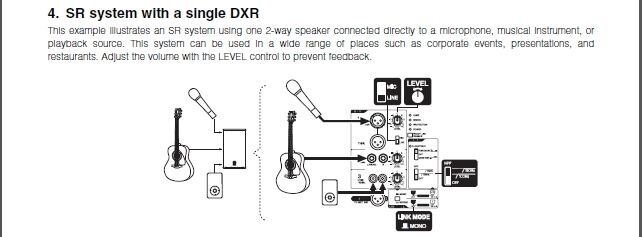In my search to continue to learn sound, I was hoping to get some clarification.
My workplace owns a pair of Yamaha DXR 12. I've added an image of the back.
If I wanted to connect an electric guitar with a DI box, would I need an adapter like the one shown below? Or could I simply connect the guitar's 1/4" to L or R? Also does it matter that the adapter does not have a red and white side?
I'm not sure if anyone else has worked with these speakers but they have a link out feature. Can anyone explain what the difference is between the link out feature and connecting these in parallel?
Last one, is it possible to connect these speakers with non powered speakers with 1/4" inputs (assuming the non powered had amps with them) ? If so, is it simply connecting these in parallel with adapters?
As always, thank you kindly.


My workplace owns a pair of Yamaha DXR 12. I've added an image of the back.
If I wanted to connect an electric guitar with a DI box, would I need an adapter like the one shown below? Or could I simply connect the guitar's 1/4" to L or R? Also does it matter that the adapter does not have a red and white side?
I'm not sure if anyone else has worked with these speakers but they have a link out feature. Can anyone explain what the difference is between the link out feature and connecting these in parallel?
Last one, is it possible to connect these speakers with non powered speakers with 1/4" inputs (assuming the non powered had amps with them) ? If so, is it simply connecting these in parallel with adapters?
As always, thank you kindly.





